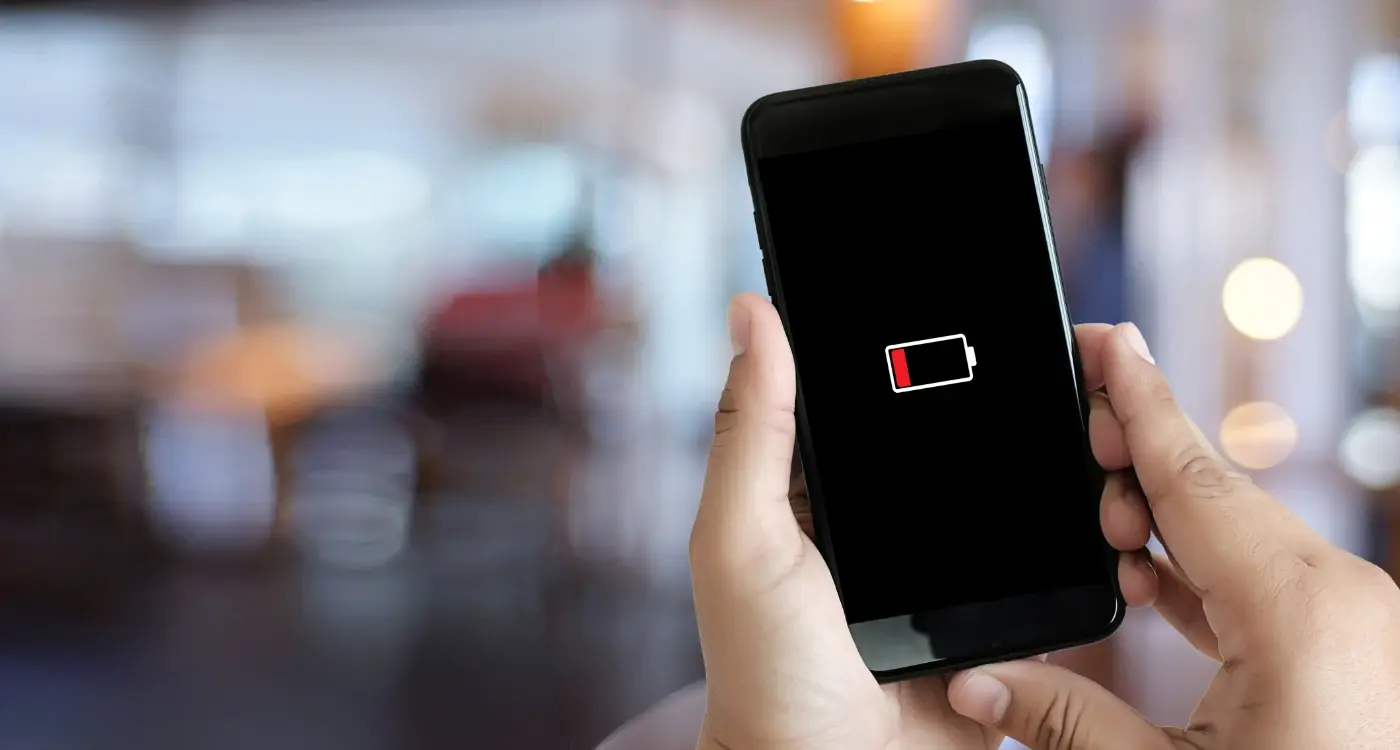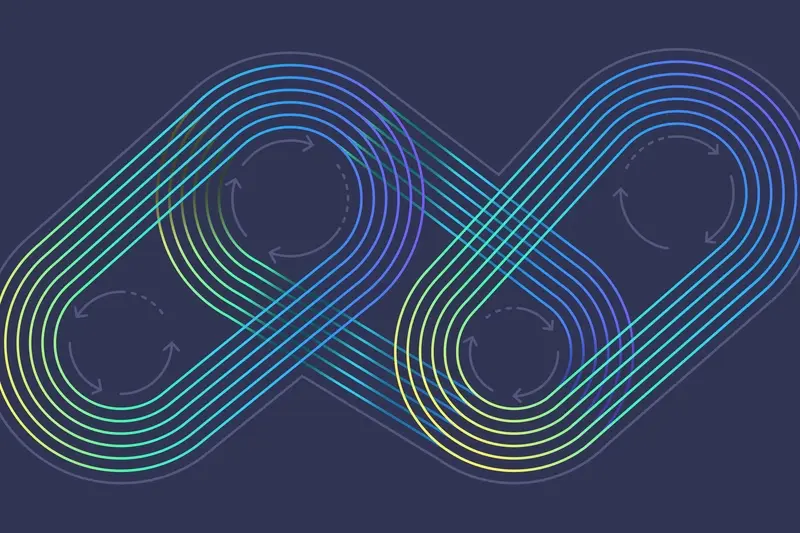How Do I Update My App's Content When Users Are Offline?
What happens when your mobile app users lose their internet connection right when they need to access your content most? I've been working on mobile app development for over eight years now, and I can tell you that offline content management is one of those challenges that separates good apps from great ones. Users don't just disappear when WiFi cuts out—they expect your app to keep working.
The reality is that mobile connectivity isn't perfect. People use apps on trains, in lifts, underground, and in areas with patchy signal coverage. If your app becomes a blank screen the moment connection drops, you're losing users faster than you can say "network error". Modern content management for mobile apps needs to account for these offline periods, not treat them as edge cases.
A well-designed offline content system doesn't just prevent frustration—it creates trust between your app and your users
This guide will walk you through the complete process of building robust offline content management into your mobile app. We'll cover everything from choosing the right local storage solutions to handling those tricky moments when cached content conflicts with server updates. By the end, you'll understand how to create an app that works seamlessly whether users are online or off.
Understanding Offline Content Updates
Right, let's get straight to the point—offline content updates are about making sure your app works properly when there's no internet connection. This isn't just about storing data locally; it's about creating a system that keeps your app functional and up-to-date even when users can't connect to your servers.
When I work with clients on this, I always explain that offline updates happen in two main ways. First, you can pre-load content whilst the user has a connection, storing it locally for later use. Second, you can allow users to create, edit, or interact with content offline, then sync those changes when they reconnect.
The Core Components
Your offline update system needs several key pieces working together:
- Local storage to keep content on the device
- Background sync processes that run automatically
- Conflict resolution for when data changes on both ends
- User feedback to show sync status
- Fallback options when conflicts can't be resolved
The tricky bit—and where most apps fall down—is handling the complexity of data synchronisation. You can't just dump everything into local storage and hope for the best. You need a proper strategy that considers what content gets priority, how much storage space you're using, and what happens when things go wrong.
Types of Content That Need Offline Updates
When building mobile apps, you'll quickly discover that not all content is created equal—some data absolutely must be available when users lose their internet connection. The question isn't whether to implement offline capabilities, but rather which content deserves this treatment.
User-generated content sits at the top of this list. Think about notes apps, photo galleries, or any content your users create. People expect to access their own stuff regardless of connectivity. There's nothing more frustrating than opening your favourite app only to find your work has vanished because you're on a dodgy WiFi connection.
Content Categories That Matter Most
- Personal user data (profiles, preferences, settings)
- Recently viewed items or pages
- Core app functionality content (menu items, navigation)
- Cached media files (images, videos, audio)
- Form drafts and incomplete transactions
- Offline-first features like maps or reference materials
Start with content that users interact with most frequently. These high-traffic areas will give you the biggest impact for your offline content management efforts.
What Can Wait for Connection
Social feeds, real-time notifications, and live data streams don't need offline access—they're meant to be fresh. Comments, likes, and shares can queue up until connectivity returns. The key is being selective about what truly needs to work offline versus what can gracefully degrade.
Local Storage Solutions for Content Management
When I first started building mobile apps, local storage was pretty basic—you had a few simple options and that was it. These days we've got several robust solutions that can handle everything from tiny user preferences to massive databases of content. The key is picking the right tool for your specific needs.
Core Data and SQLite
Core Data on iOS and SQLite on both platforms are your heavy hitters for complex content management. They're perfect when you need to store structured data like articles, product catalogues, or user-generated content that needs to be searched and filtered. SQLite is particularly brilliant because it works the same way across iOS and Android—no surprises there. I've used it for apps storing thousands of news articles that users could browse whilst completely offline.
Lightweight Storage Options
For simpler content updates, UserDefaults on iOS and SharedPreferences on Android work brilliantly. They're perfect for storing settings, last-known content versions, or small bits of text that change occasionally. AsyncStorage in React Native fills the same role if you're building cross-platform apps. The beauty of these solutions is their simplicity—you can store a value and retrieve it with just a couple of lines of code, making them ideal for caching the last few messages or storing offline flags.
Sync Strategies When Connection Returns
Right, so your users have been busy making changes whilst offline—they've added new posts, updated their profile, maybe even deleted some content. Now they're back online and your app needs to figure out what to do with all this stored data. This is where sync strategies come into play, and getting this bit right can make or break your mobile app's content management system.
The most straightforward approach is incremental sync—your app sends only the changes that happened whilst offline rather than dumping everything at once. Think of it like a neat queue where each action gets processed in order. This keeps data usage low and reduces the chance of overwhelming your servers with a massive upload.
Background vs Foreground Sync
You've got two main options here: sync everything in the background quietly, or let users know what's happening. Background sync is brilliant for user experience—they don't even notice it's happening. But foreground sync gives users control and transparency about what's being uploaded.
The best sync strategy is the one your users never have to think about—it just works seamlessly in the background whilst keeping their data safe and up-to-date.
Smart apps use a hybrid approach; they'll sync critical data immediately when connection returns, then handle the less important stuff in the background. This way your content management stays efficient without annoying users with constant loading screens.
Conflict Resolution and Data Merging
Right, let's talk about what happens when your app gets back online and discovers that the same piece of content has been changed in two different places. This is where things get interesting—and potentially messy if you haven't planned for it.
When users make changes offline and those changes clash with updates that happened on the server, you need a clear strategy for resolving these conflicts. There are several approaches you can take, and the best one depends on your specific app.
Common Conflict Resolution Strategies
The simplest approach is "last write wins" where the most recent change overwrites everything else. But this can mean losing important data, which users absolutely hate. A better approach is to present both versions to the user and let them decide which one to keep—though this requires more work on your part.
- Automatic merging for non-conflicting changes
- User-driven resolution for complex conflicts
- Field-level merging where different parts of the same record can be merged intelligently
- Creating duplicate entries and flagging them for manual review
Data Merging Best Practices
The key is to make the merge process as painless as possible for your users. Consider implementing timestamps and version numbers for all data changes—this makes it much easier to determine which version is newer and whether conflicts exist at all.
Testing Your Offline Content System
After years of building mobile apps, I've learned that testing offline functionality is where most developers trip up. You can't just assume your content management system will work perfectly when users lose their internet connection—you need to put it through its paces.
Start by testing the obvious scenarios first. Turn off your device's WiFi and mobile data, then try to access different parts of your app. Can users still read articles they've previously downloaded? Do images load from local storage? Does the app gracefully handle requests for content that hasn't been cached yet?
Real-World Testing Scenarios
Don't just test in your office with perfect conditions. Take your mobile app out into the real world where connections drop unexpectedly. Test on the tube, in lifts, and in areas with patchy signal coverage. These are the conditions your users actually face.
Create a testing checklist that includes airplane mode, slow connections, and intermittent connectivity. Test what happens when the connection drops mid-download—does your app handle it gracefully or crash?
Key Testing Points
- Content accessibility when completely offline
- Sync behaviour when connection returns
- User feedback during offline periods
- Data integrity after network interruptions
- Storage limits and cleanup processes
Remember to test your conflict resolution too. What happens when a user updates content offline and the server version has also changed? Your mobile app needs to handle these situations without losing user data or confusing people about what's happening.
Conclusion
Building offline content systems isn't just about technical know-how—it's about understanding your users and what they need when they can't connect to the internet. I've worked on apps where getting this right made the difference between success and failure, particularly for apps used in areas with patchy mobile coverage or by people who travel frequently.
The key things to remember are quite straightforward: choose your local storage solution based on your data complexity, implement a sync strategy that makes sense for your users, and always test thoroughly. Don't try to sync everything—be selective about what content truly needs to be available offline. Your users will thank you for the faster performance and smaller storage footprint.
Conflict resolution might seem daunting at first, but most apps can get by with simple "last write wins" approaches; you don't need to build complex merging systems unless your app genuinely requires them. The testing phase is where you'll catch the edge cases that could frustrate users later on.
Remember that offline functionality is becoming table stakes for mobile apps. Users expect their apps to work regardless of connectivity, and building robust offline content systems will set your app apart from competitors who haven't invested the time to get this right.
Share this
Subscribe To Our Learning Centre
You May Also Like
These Related Guides

How Do I Reduce My App's Battery Drain on Users' Phones?

How Do I Optimise GPS Battery Usage in Location Apps?



